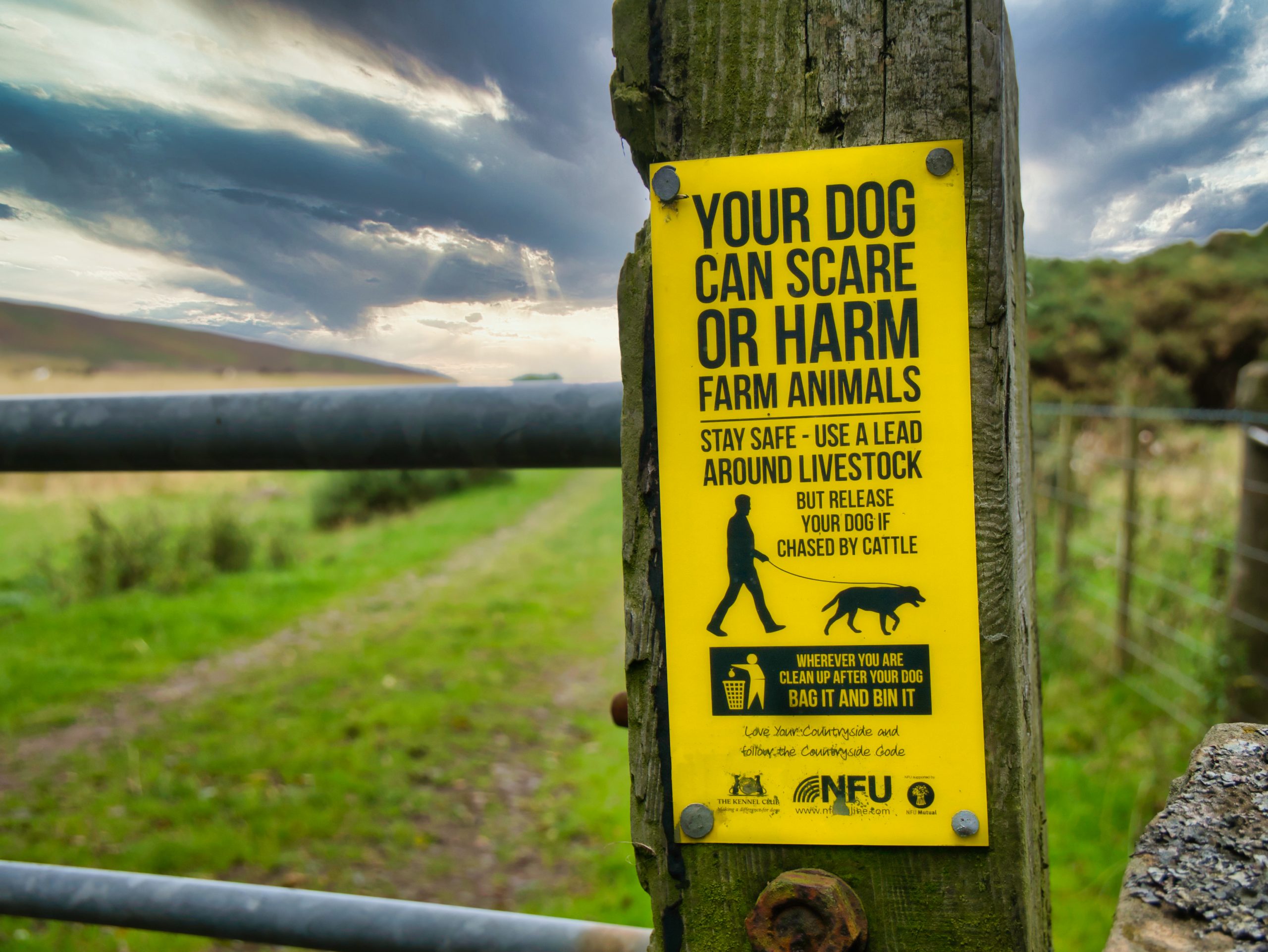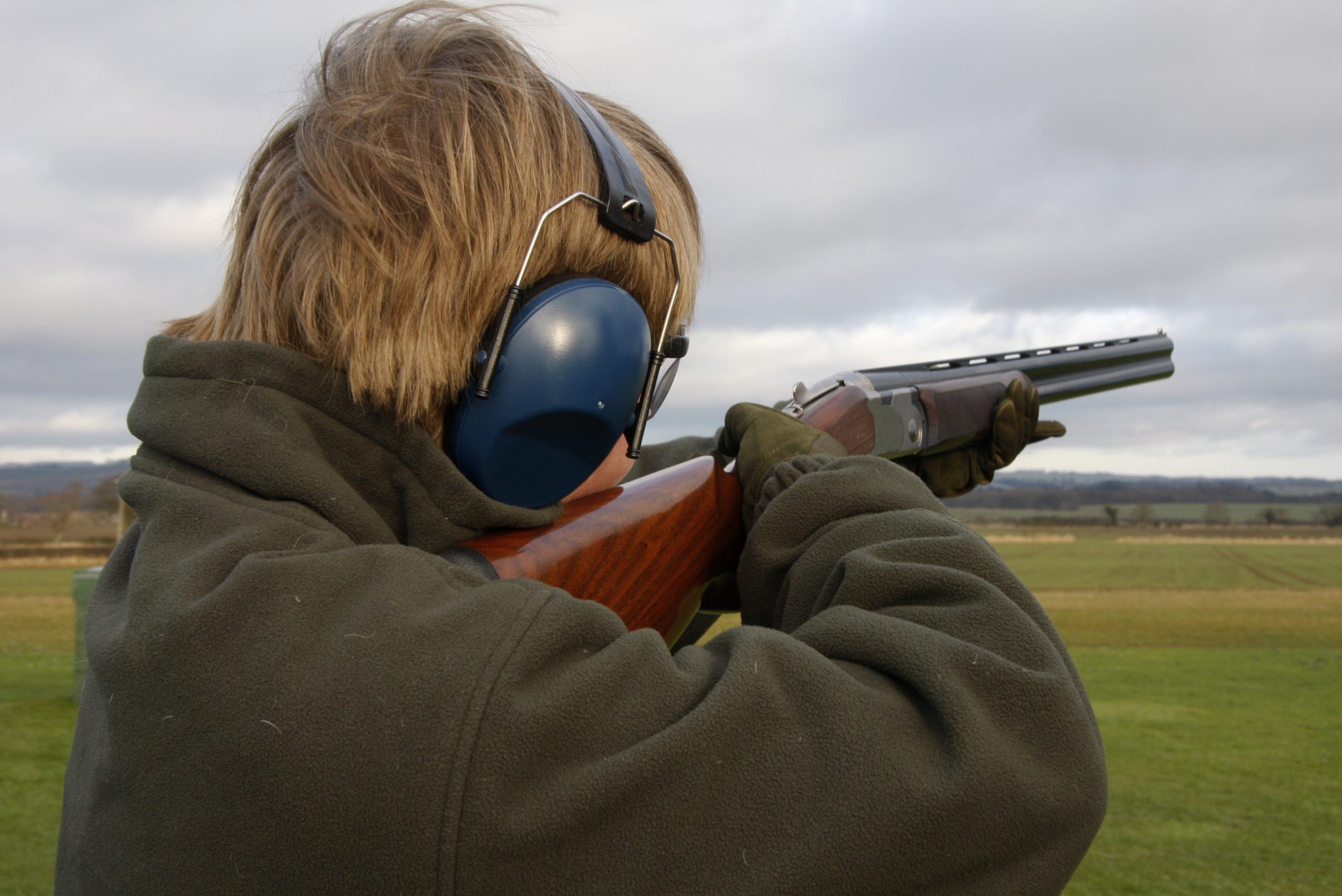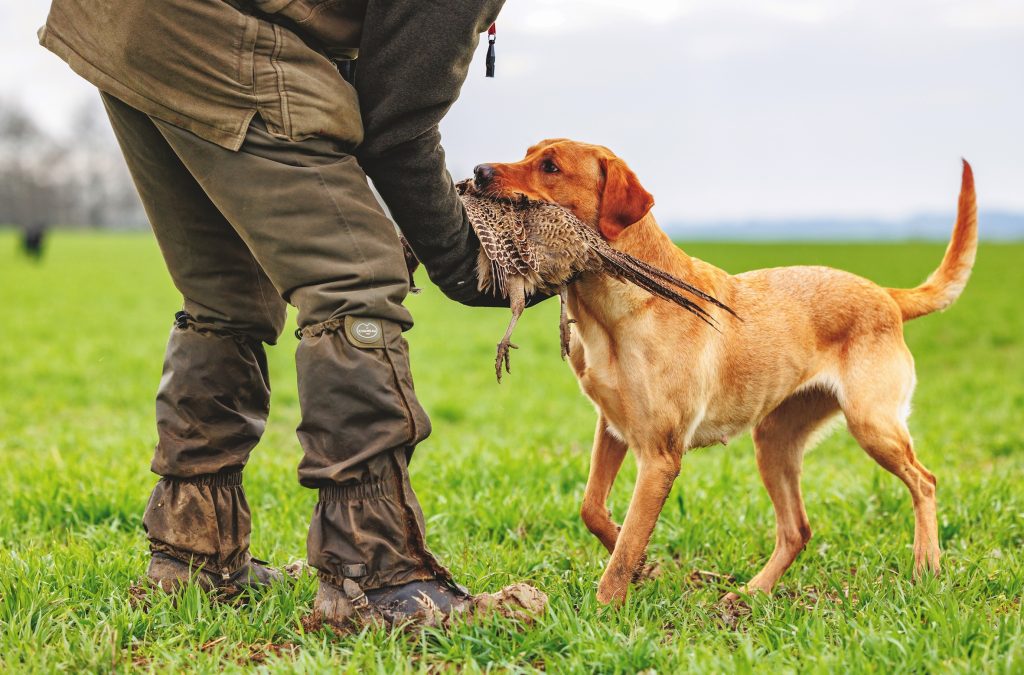Trap troubles
I’m struggling to catch foxes, mink and rabbit. Is there any advice you can give me?
Q) I run a small mole catching business in the Midlands on local farms and estates. With it being such a wet season I found myself with not much work through the summer months so I decided to expand a bit. I modified my business cards to include vermin management, which I love to do as I have been brought up in the country all my life. I like the trapping side of things so I advertised as humane trapping of vermin such as rabbits, foxes, mink, polecats etc. I also use Fenn traps 4 and 6, with which I have had some good results, but I’m struggling to catch foxes, mink and rabbits. I seem to be getting enough work but the results are low! Is there any advice you could give me on baits, where to locate the traps, do they need camouflaging etc?
A) Tim Weston of the National Gamekeepers’ Organisation replies: there is no short answer to your question. Firstly, I have to say that it is illegal to trap polecats so if they are present you should only use non-lethal traps, not the Mk6 type. That way you will be able to release any polecats that you catch and kill any target species such as rats.
Catching rabbits can be done in an approved killing trap such as a Mk6 or Imbra, which need to be housed in a suitable tunnel so non-target species are unable to access them. I have had excellent results setting the traps inside the rabbit burrows, but you do need a lot of traps and must cover the burrows that are not being trapped so they cannot be used. The best results come from using a rabbit drop trap.
Mink are relatively easy to catch using a rail trap. A rail trap is simple: you place a rail across a ditch, stream or even a broken wall. The mink will often use the rail to save getting his feet wet and a Mk6 trap or a live catch works very well.
Before setting a trap for mink it is well worth deploying a mink raft to see what target and non target species you have. You can then switch the raft from monitoring mode to capture mode if you have a mink using it. This also saves time whilst in monitoring mode, because you will not have to check the trap every day. For more info visit www.gwct.org.uk.
With foxes it all depends on how you are trying to catch them. Using live catch traps can be effective for some foxes but they have to be set very cleverly and as discreetly as possible. Snares and the Collarum trap are probably the most effective ways of trapping a fox.
With all of the above I would not use bait, but it will help if you prepare your traps properly by boiling them and then colouring them with tannin. The most important thing with all these traps is scent. Never kneel down – we humans have scent glands in our knees which will put wild animals off. Don’t have your traps anywhere near your dogs and try to keep them as scent-free from non-natural substances as possible.
The National Gamekeepers’ Organisation runs a trapping and snaring course in conjunction with GWCT and it might be well worth you attending one of these at some stage. It not only covers all the legal aspects of trapping and snaring but the practical side as well.





